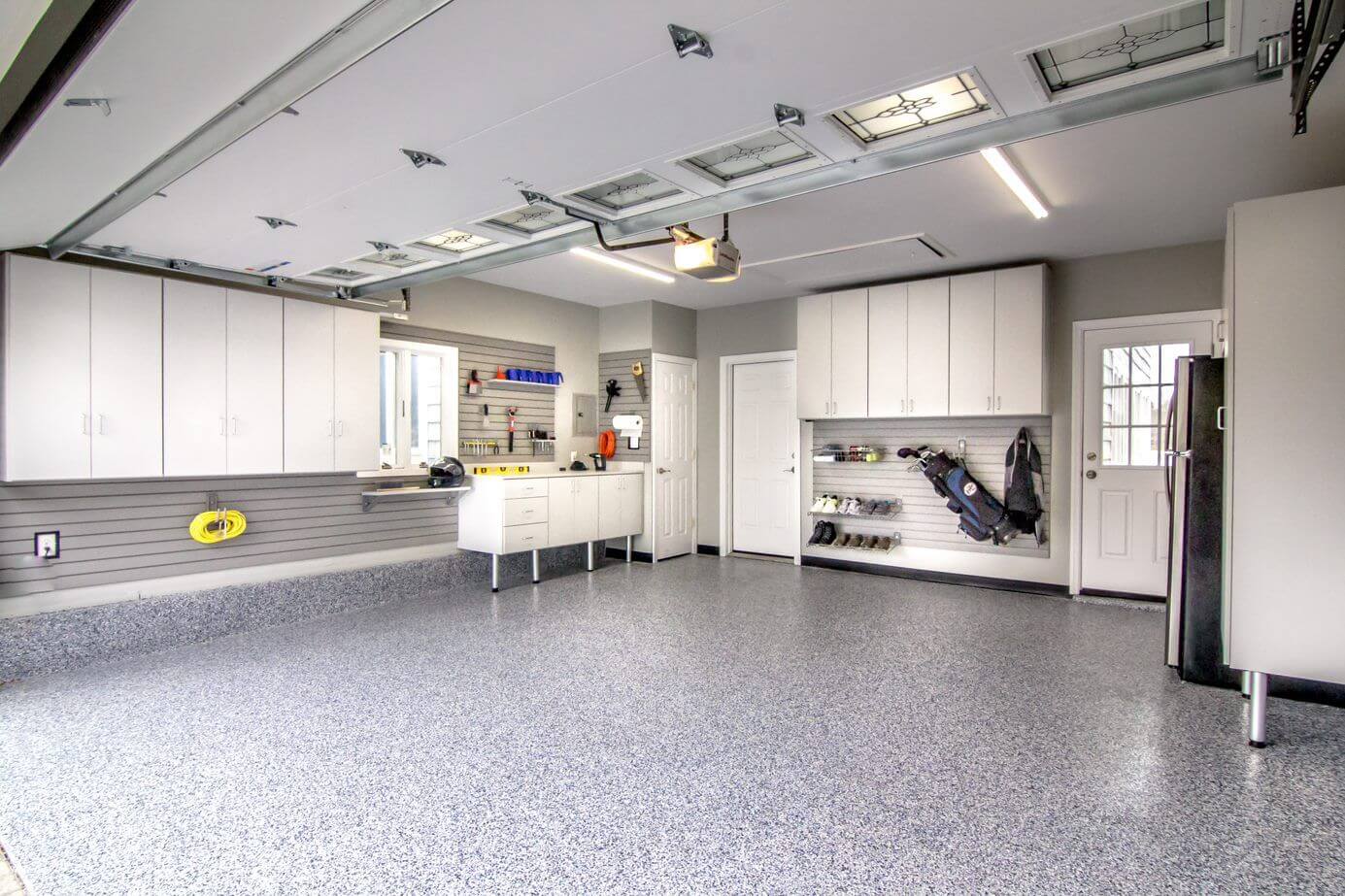
Resin flooring is a popular type of flooring that is known for its durability, versatility, and customization options. Here are some secrets to achieving successful resin flooring installations:
Proper Surface Preparation and Quality Materials
One of the keys to a successful resin flooring installation is proper surface preparation. This involves cleaning and preparing the substrate, repairing any cracks or damage, and ensuring that it is completely dry and free of contaminants. Proper surface preparation will help ensure that the resin adheres properly to the substrate and prevents issues such as desalination or bubbling. Using high-quality materials is essential to achieving a successful resin flooring installation. This includes selecting the appropriate resin system for the application, choosing quality fillers and aggregates, and using proper mixing techniques. Lower-quality materials can lead to issues such as discoloration, cracking, or peeling.
Experienced Installers and Attention to Detail
Working with experienced and qualified installers is another key to achieving successful resin flooring installations. Experienced installers have the knowledge and skills necessary to properly prepare the substrate, mix and apply the resin, and troubleshoot any issues that may arise during the installation process. Resin flooring installations require a high level of attention to detail to achieve a flawless finish. This includes ensuring that the resin is applied at the correct thickness, incorporating any necessary additives or pigments, and allowing sufficient curing time. Proper attention to detail will help ensure that the final result is a seamless and durable resin flooring system.
Maintenance and Care
Proper maintenance and care are essential to ensuring the longevity of a resin flooring system. This includes regular cleaning and maintenance, using the appropriate cleaning products, and addressing any repairs or issues as soon as they arise. With proper maintenance and care, a resin flooring system can last for many years.
Problems Everyone Has With RESIN FLOORING – How To Solved Them
Resin flooring is a popular type of flooring that involves pouring liquid resin onto a prepared surface and allowing it to cure and harden, creating a seamless and durable finish. While resin flooring offers many benefits, such as its durability, chemical resistance, and customization options, some common problems can arise.
Problem: Discoloration
Discoloration can occur when the resin flooring reacts with UV light, causing it to yellow or fade. This can also be caused by improper mixing or application of the resin.
Solution: Choose a UV-resistant resin or add a UV stabilizer to the resin mixture. Proper mixing and application techniques can also help prevent discoloration.
Problem: Cracking
Cracking can occur when the substrate moves or shifts, causing the resin to crack or separate. This can also be caused by thermal expansion or contraction.
Solution: Proper substrate preparation is key to preventing cracking. Ensure that the substrate is stable and free of cracks or damage before applying the resin. Additionally, choose a flexible or elastomeric resin that can accommodate substrate movement.
Problem: Slipperiness
Resin flooring can be slippery, especially when wet. This can be a safety hazard in some settings.
Solution: Choose a resin with a slip-resistant additive or incorporate a non-slip coating into the final layer of the flooring. Additionally, ensure that the flooring is properly cleaned and maintained to prevent the buildup of contaminants that can contribute to slipperiness.






